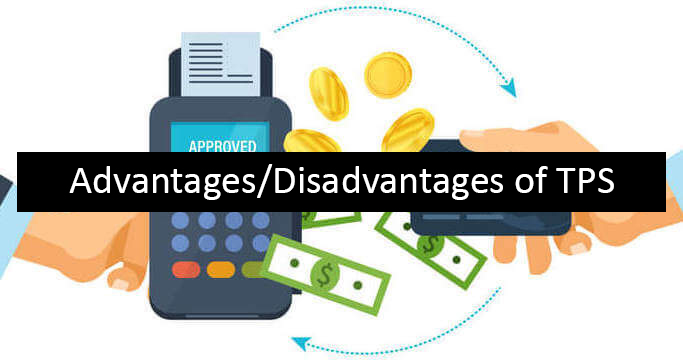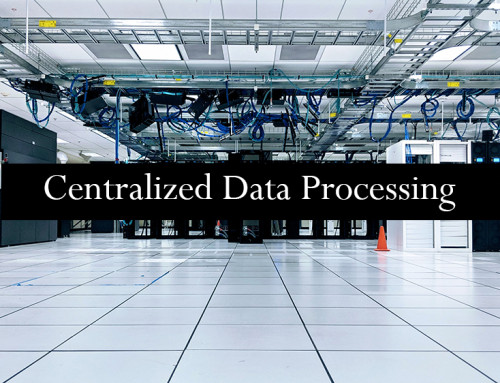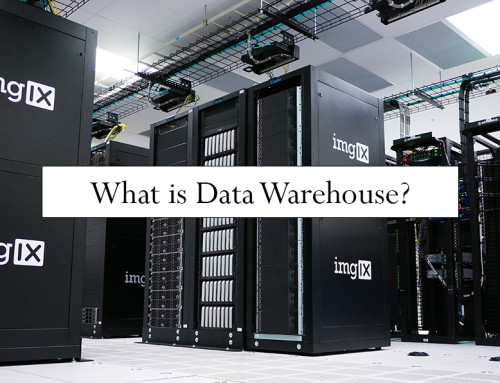What is transaction processing system (TPS)
A transaction processing system or TPS is a type of information system in which transactional data is stored, modified and retrieved. Take an example of a bank in which a transaction of money is done between bank and customer. The customer gives a check to the bank and the bank resolve that check and it is a type of transaction.
Similarly, we go to the shop and buy something, this is also a transaction. Transaction in a company and outside company is also managed by TPS.
TPS is software for managing daily transactions. The bank has its own TPS, the company or organization has its own TPS. The transaction is usually carried out by front line staff who directly interacts with customers.

Another example of TPS is online buying of railway or bus tickets. You buy a ticket through online TPS where only one person buys a ticket at a given time. No ticket or seat is reserved by multiple people. All the transactions are carried out in real-time. The person who comes first in TPS gets their seat first.
You can also buy things online from any website or online store and that online store also uses online TPS for managing its products. You can use a credit/debit card to make any transaction on the online store.
As you have now little understanding of TPS so let’s discuss some pros and cons of TPS.
Advantages of transaction processing system (TPS)
Productivity:
By using TPS, the staff of the company increases their productivity. Also, customers get more trust and satisfaction in the company.
Fast:
The transactions are carried out in fast time and there is no delay. The real-time transaction is also a type of TPS in which no delay in time occurs.
Low cost:
As most of the work is carried out by TPS so less staff is needed to be hired.
Large data:
TPS can process a large amount of data. There are thousands of transactions done by the TPS on daily basis.
Use anywhere:
TPS can be used anywhere you want. You can use it in organizations, stores, banks, schools etc. Also, customers can do transactions online from anywhere.
Error recovery:
If some data is lost in the transaction, then it can be retrieved by the TPS. The system also self-solves issues and errors are detected and removed by the system easily.
Easy to use:
Staff can easily use the TPS software and there is little or no training required to use the TPS software. It is also user friendly.
Disadvantages of transaction processing system (TPS)
Setup cost:
The initial setup cost of TPS is high. You have to buy a license for TPS software. Also, you need to buy computers, cameras and price detecting devices.
Incompatible:
Sometimes your software and hardware have compatibility problems. Some hardware has drivers problems.
Overload problem:
Sometimes there occurs a high number of transactions on the TPS so it slows down the system or it stops working.
High internet:
Users need to have a high internet connection to use the TPS.
Standard format:
TPS lacks a standard format.
Examples of transaction processing systems (TPS)
Some examples of TPS are:-
- Online store
- Buying through credit/debit card
- Bus/railway ticket reservation
- Payroll
- Employee record-keeping




